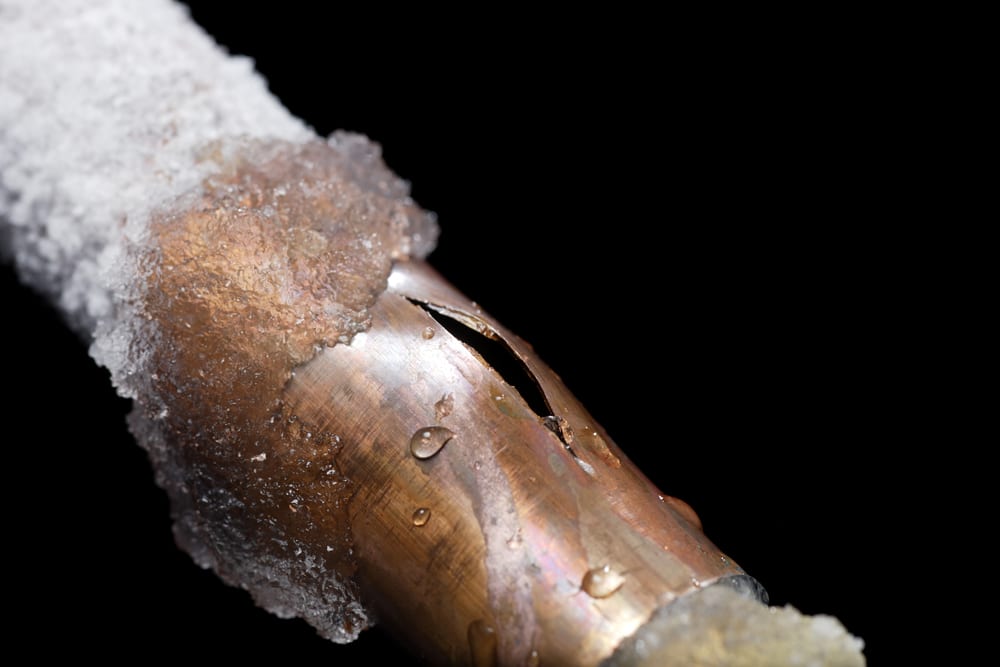
15 Dec. 19
How to Prevent Frozen Pipes?
As the middle of winter is here, it is important that you check your home’s plumbing system especially your pipes. During the winter months, it is a great idea to prepare your pipes from freezing, or else, it can cause so much trouble to your home and plumbing system. As the temperature starts to drop and it’s freezing outside, your pipes can get frozen and when it happens, the water inside the pipes can turn into ice and keep the water from flowing out of your affected faucet. Imagine the inconvenience and the trouble it can cause you.
The winter weather can be harsh on your pipes, but not all pipes can be affected by it. Some pipes are more prone to freezing than others due to their locations. Here are the lists of pipes more at risk of freezing:
- Exposed Pipes in Unheated Areas of The House
- Pipes Located in Exterior Walls
- Plumbing Fixtures Outside The Home
Prevent Frozen Pipes from Occurring
Winterizing your home is the best idea to prevent frozen pipes. A frozen garden hose can cause damage to your home because it increases the risk of having a burst interior pipe. In order to prevent this from happening, it is important that you disconnect your garden hose, drain it and store it before the winter arrives. Also, remember to close off the interior and shut off the valve that connects to your faucet. And do install a faucet insulator.
For under-insulated walls, it will be a good idea to open up the wall and beef up the installation, especially if the pipes on it already have the history of getting frozen. For exposed pipes in unheated areas of the house, try doing some foam pipe insulation. They are inexpensive and can protect your pipes during winter.
How to Unfreeze Frozen Pipes
So, you haven’t got the time to winterize your home and now you end up with a frozen pipe. Instead of blaming yourself, look for ways on how you can find a solution for it. What are the things you can do to unfreeze them? If you suspect that you have a frozen pipe, you need to thaw it. However, be careful when thawing because if the pipe has already burst, the water will come out and flood your home in an instant.
When thawing, turn on the faucet. As you heat the frozen pipes with an electric heating pad, or a dryer, the ice plug will melt so it should be able to flow smoothly. Running water, whether it’s cold or not, can help melt the ice inside the pipe. Continue doing it until the water pressure inside your home is back to normal. However, if you cannot locate the frozen pipes, or if the area is not accessible or is preventing you from thawing it, it is recommended that you call the service on a licensed plumber. An expert plumber will know how to locate it and deal with the problem as early as possible before it can cause more troubles and serious problems.
